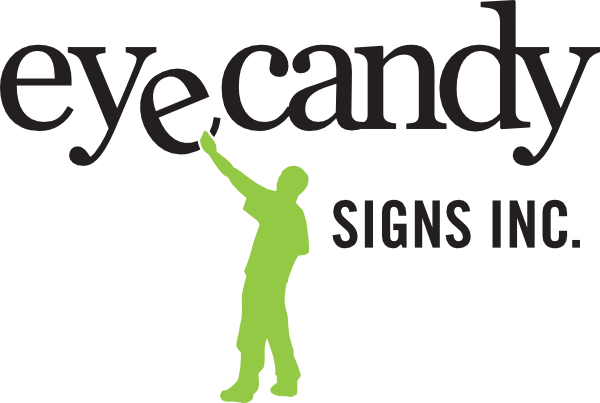
Lunenburg Library
Project: Lunenburg Library
Client: Matrix Construction
Services: Accessible wayfinding system and interpretive signs
In 2018, the Lunenburg Academy, a registered Provincial Heritage Property and a National Historic Site, was renovated to accommodate the relocation of the South Shore Public Libraries’ Lunenburg branch.
As an architectural pillar within the Lunenburg community for over 100 years, it was important that the new design worked within the existing structure of the old building and remained true to its original features.
Working with inconsistencies and imperfections in the existing walls presented many challenges. To address the complexity of working within a historic structure, the eyecandy team customized an installation process that accounted for the old walls which were no longer plumb by developing a custom cleat and panel that provided a level surface for a large interpretive installation.
“Eyecandy was an excellent partner for being open-minded and collaborative when looking at exploring material. In particular, we are most proud of the large felt signs mounted to wood (evocative of chalkboard dusters) and the room identification signs that mimic hardcover books”
Once the surface was ready, eyecandy fabricated the interpretive wall from quarter sawn oak with back-printed and back-painted acrylic, cut and tiled to fit, with a top-header of non-glare raised acrylic.
The inconsistencies and imperfections in the existing wall were meticulously accounted for in order to ensure the multiple tiled pieces of acrylic fit flawlessly in the space.
The interpretive wall also features custom painted, aluminum clad wood that has been designed to look like a book cover encasing the interpretive information.
Designed by Fathom, the sign package pays homage to the historical significance of the building and serves to guide and interpret in a way that provides texture and imagination to the library experience.
Unique materials such as felt, embroidery, and German merino wool FilzFelt were used to create the end markers for the stacks, providing guidance and visual interest to areas that house the books.







